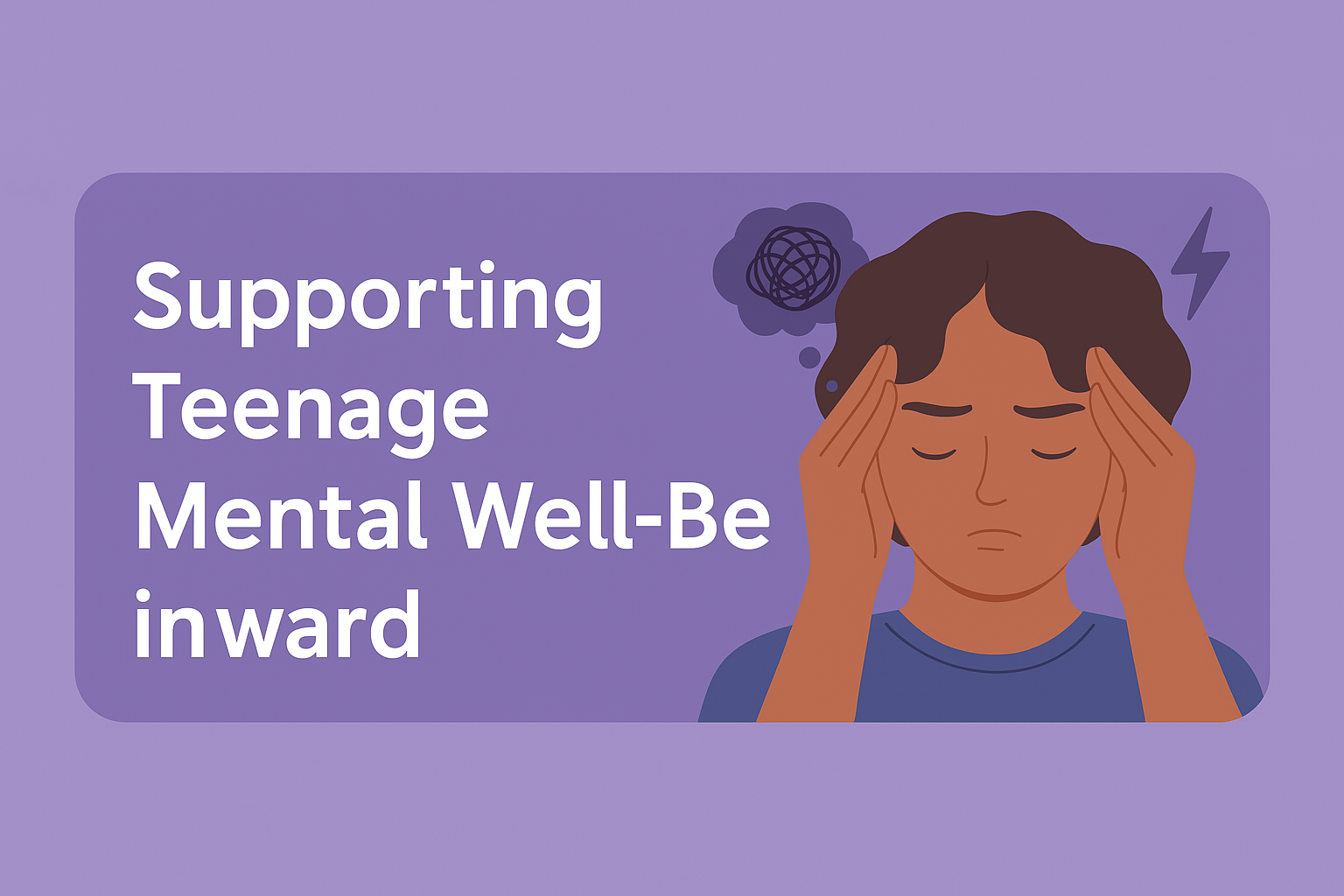Adolescence is a formative period characterized by dramatic physical, emotional, and social development. Yet, it is also a period when mental health issues tend to emerge. With almost 60% of adolescents worldwide experiencing some kind of mental health problem, including anxiety or depression, the imperative to tackle adolescent well-being has never been greater. Governments, teachers, parents, and healthcare professionals need to work together to develop a supportive environment for young minds.
Understanding the Adolescent Mental Health Crisis
The World Health Organization (WHO) states that half of all mental health issues start by the age of 14, but most go undetected and untreated. Social media pressures, academic stress, family pressures, and post-pandemic loneliness have compounded these issues. In India alone, 38% of students experience academic anxiety, and 47% experience sleep problems, as noted in the Mpower Research Report 2025.
Key Strategies for Supporting Adolescents
Encourage Open Communication:
It is critical to develop trust with teens. Parents and teachers should provide safe havens where teens can openly speak about their feelings without worrying about being judged. Research indicates that open communication between parents and teens decreases depression and increases self-esteem.
Promote Healthy Relationships:
Healthy peer relationships have a great influence on mental health. Schools can promote healthy environments through teamwork encouragement and conflict resolution education.
Use Technology for Access:
Platforms such as India's Tele-MANAS offer anonymous mental health assistance, and this makes it simpler for adolescents to access help in a non-stigmatized manner. Single-session therapy programs are also on the rise around the world.
Early Intervention and Education:
Educating teachers and community health workers to recognize early indicators of mental health challenges can meet the gap between access and need. Peer educators can also act as a central figure in directing friends to proper resources.
Global Initiatives Making an Impact
The WHO-UNICEF Helping Adolescents Thrive (HAT) program is designed to promote mental health and prevent issues such as self-harm and drug use. Likewise, initiatives such as the Youth Mental Health Academy in the United States seek to develop future mental health leaders while addressing inequities in care.
India's Role in Shaping Adolescent Mental Health
India has made strides in making youth mental health a priority through initiatives such as the Mpowering Minds Summit 2025. The summit demanded systemic changes, such as additional funding for mental health care and early intervention models. Neerja Birla's formation of the Global Mental Health Consortium further emphasizes India's determination to address this public health crisis.
The Road Ahead
Teen mental health is not only a personal issue but a community endeavor that includes families, schools, healthcare professionals, and policymakers. Through building resilience through education, open communication, and available resources, we can guarantee that adolescents prosper emotionally and socially during these early years.
As PM Modi once commented in a Mann Ki Baat episode: "A healthy mind leads to a healthy future." It is crucial that we invest in the mental health of teenagers today for a brighter tomorrow.
Sources: WHO Fact Sheets (2024), Mpower Research Report (2025), Hindustan Times Insights (2024), CDC Data on Youth Mental Health (2025).
